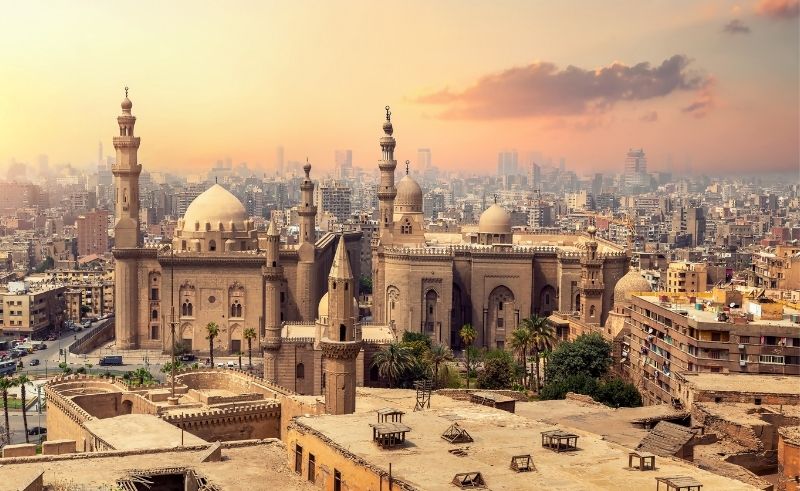Historic Neighborhoods and Landmarks Face Demolition
The vibrant streets and neighborhoods of Cairo, once steeped in history and culture, are undergoing a dramatic transformation as the government’s modernization plan sweeps through the city. Residents of the working-class areas are witnessing their homes, green spaces, archaeological treasures, and beloved cultural hubs vanish, igniting concerns about the erasure of Cairo’s rich heritage.
Unveiling a Modernization Plan
According to a report by The New York Times, Cairo’s urban landscape is rapidly changing due to the government’s ambitious modernization plan. Ancient tombs, cemeteries, and archaeological sites are being razed to make way for new developments and roadways. The banks of the Nile River are now dotted with fast food restaurants, cafes, and military-owned gas stations, altering the river’s iconic skyline. The haste with which these changes are taking place often comes at the expense of environmental considerations, with trees and public gardens falling victim to urbanisation.

Cultural Spaces and Historical Sites in Jeopardy
The impact of this modernisation drive is particularly profound in Cairo’s historic neighbourhoods. Darb 1718, a cultural centre founded by artist Moataz Nasreldin in 2007, faces the threat of destruction. Situated in the eponymous Darb neighborhood, the center has been a bastion of artistic and cultural expression. However, district officials have reportedly informed Nasreldin that a road-widening project behind the center will pave the way for an elevated highway, forcing the center to relocate. Nearby pottery workshops, steeped in decades-old history, also stand on the brink of demolition, jeopardising the livelihoods of artisans like Mohamed Abdin, whose family has been crafting pottery in the area since the 1920s.
A Precarious Future for Cairo’s History
The consequences of this rapid urban transformation are far-reaching. Cairo’s residents, many of whom have lived in the city for generations, fear that the construction of new highways and high-rise buildings will obliterate vital fragments of the city’s history and displace long-established communities. The lack of proper documentation or demolition orders has left many in a state of uncertainty, waking up each day with the looming question of what might disappear next.
Cultural Loss Amidst Modernisation
While the modernization plan touts projects like the new National Museum of Egyptian Civilisation and a multi-billion-dollar new capital accessible via high-speed trains and pristine roads, experts and locals alike decry the loss of irreplaceable cultural landmarks. Architect and urbanist Mamdouh Sakr points out that such rapid development undermines the very essence of Cairo’s identity, erasing monuments, trees, history, and culture without clear rationale or explanation.

A Plea for Preservation
As Cairo undergoes this rapid transformation, voices are rising in defense of the city’s cultural heritage. Residents, artists, and heritage enthusiasts are calling for a more balanced approach—one that acknowledges the importance of modernisation while preserving the essence of what makes Cairo unique. The struggle to find this equilibrium continues as Cairo’s future hangs in the balance, teetering between progress and the preservation of its past.
Tombs and Workshops for Pharaonic Mummification Discovered in Egypt

Contributor





